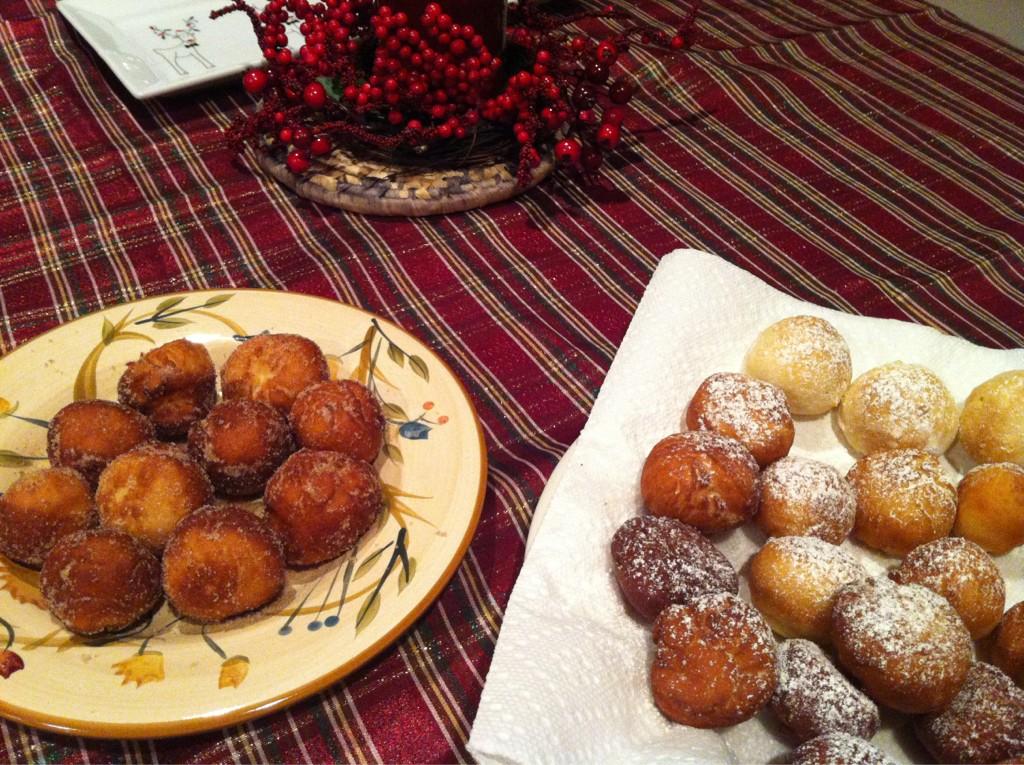 I went to our local farmer's market last week and was just...inspired. You might remember me writing about how farmer's markets used to be somewhat intimidating to me. I just didn't know what to do. This week, I walked around, stopping here and there and getting this and that. The children were with me, which has it challenges, but they soon made me proud. When we stopped at the Tunitas Creek Ranch booth which sells beautiful organic produce, I asked them to pick something out. I often refer to chard as spinach to keep it easy. My daughter liked the chard that was multi-colored; the bundle had red, yellow and white chard stalks. I must admit, it was pretty.
I went to our local farmer's market last week and was just...inspired. You might remember me writing about how farmer's markets used to be somewhat intimidating to me. I just didn't know what to do. This week, I walked around, stopping here and there and getting this and that. The children were with me, which has it challenges, but they soon made me proud. When we stopped at the Tunitas Creek Ranch booth which sells beautiful organic produce, I asked them to pick something out. I often refer to chard as spinach to keep it easy. My daughter liked the chard that was multi-colored; the bundle had red, yellow and white chard stalks. I must admit, it was pretty. A few days went by and I slowly used up my strawberries, artichoke and raspberries that we had gotten from other vendors that day. I wanted to use the chard and my favorite way to make it is with sauteed onions. When I've added it to potatoes au gratin, I also add bacon. The children had asked for pasta so I opted for that instead of potatoes. Hey, if they are going to eat chard, I should give them some say in the preparation. I still had fresh, shelled peas from the market as well as parsley. I noticed a can of cannellini beans in the pantry and a small amount of half and half. That's how this dish was created; very off the cuff and spontaneously.
A few days went by and I slowly used up my strawberries, artichoke and raspberries that we had gotten from other vendors that day. I wanted to use the chard and my favorite way to make it is with sauteed onions. When I've added it to potatoes au gratin, I also add bacon. The children had asked for pasta so I opted for that instead of potatoes. Hey, if they are going to eat chard, I should give them some say in the preparation. I still had fresh, shelled peas from the market as well as parsley. I noticed a can of cannellini beans in the pantry and a small amount of half and half. That's how this dish was created; very off the cuff and spontaneously.I didn't spend a lot of time measuring so I'll give you my best bet on the amounts. It's really about technique. And watching a 5 and 3 year old inhale this made me realize it's more about the flavor than what's in it. Give it a try and let me know what you think.
 Sauteed Chard with Parmesan Cream Sauce and Pasta
Sauteed Chard with Parmesan Cream Sauce and Pasta1/2 onion, chopped
2-3 pieces of bacon, chopped (I had some turkey bacon in the freezer and used that)
Olive oil
Ground pepper
1 garlic clove, minced
1 large bundle of chard, rinsed
8 oz pasta (I used gluten-free rice pasta tubes)
8 oz fresh shelled peas
1 can of cannellini beans, drained and rinsed
2-3 Tbl half and half
1/4 c freshly grated parmesan cheese
1-2 Tbl fresh parsley, torn into pieces
Salt to taste
1. Saute onion and bacon in olive oil until lightly browned. Add pepper.
2. Cut bottom of stalk of chard. Cut remaining stalk into slices. Cut chard in half and then cut across to get strips. Place in a bowl of water for 5 minutes to remove excess dirt.
3. Once onions are browned, add garlic and cook for 1 minute. Take chard out of water and place in pan (do not pour out water or the dirt will remain on the leaves). Cover and cook about 5-10 minutes or until chard is wilted. Stir every few minutes.
4. Bring water to a boil while chard is cooking and cook pasta. Add peas to the boiling water for the last 2 minutes of cooking.
5. Add beans to chard and cook for a few minutes to heat up with the cover off. Add half and half, cheese, and parsley and stir.
6. Drain pasta and peas and toss with sauce. Taste for seasonings and serve immediately.







